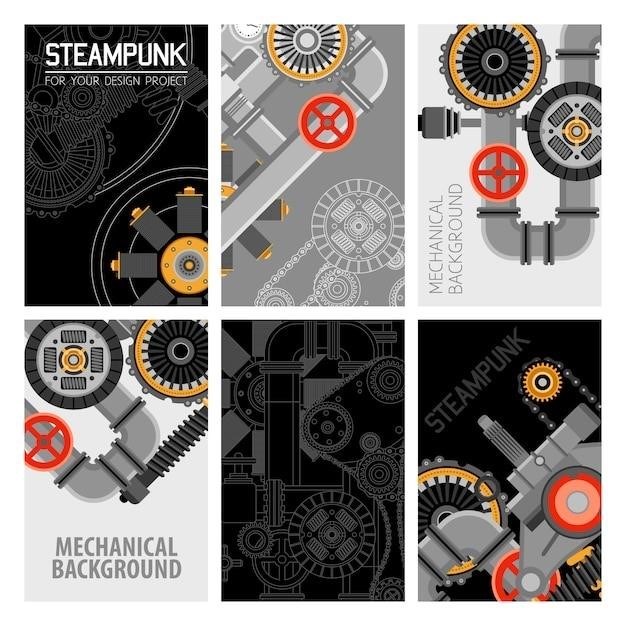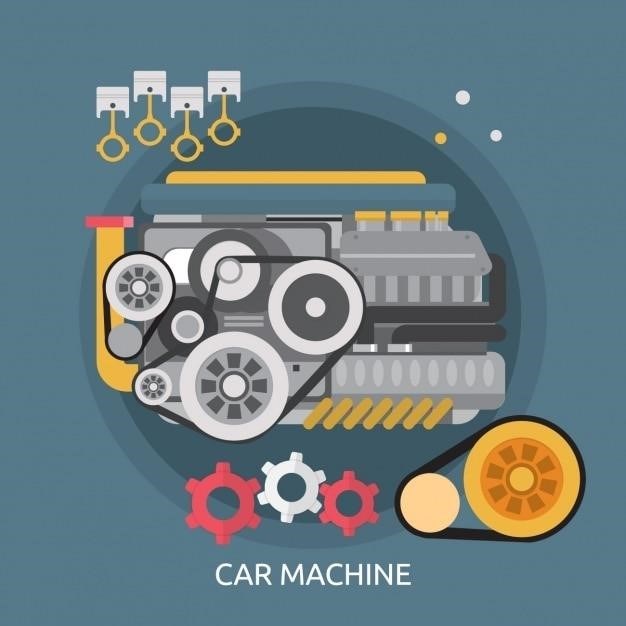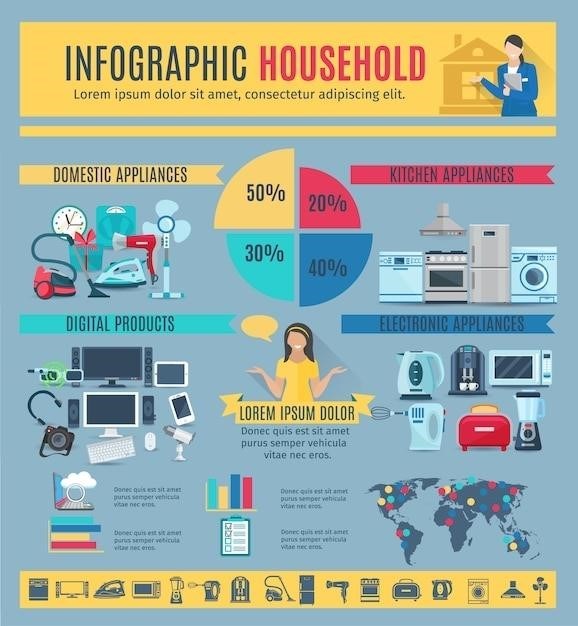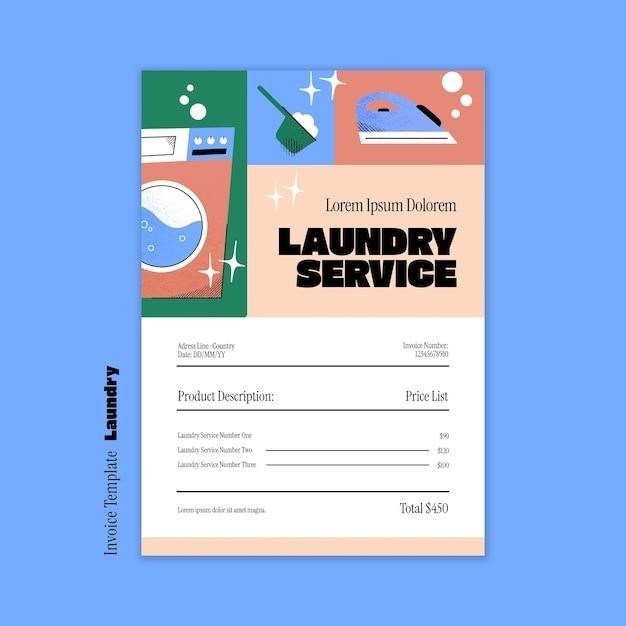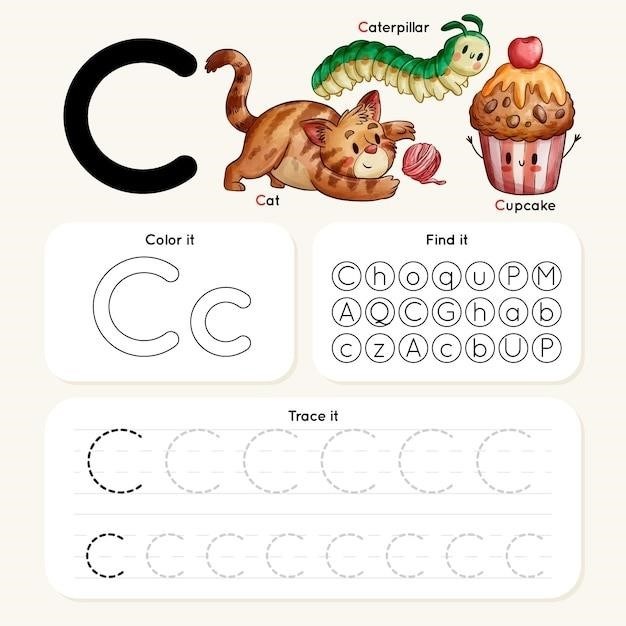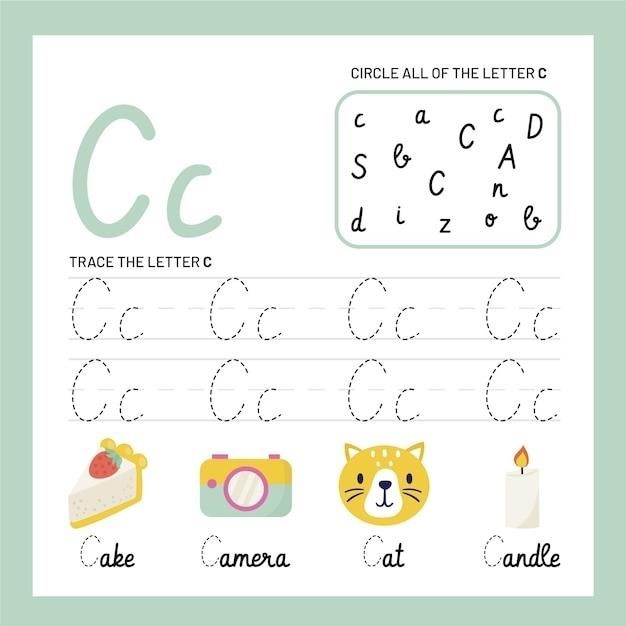Gilbert Law Summaries on Trusts⁚ An Overview
Gilbert Law Summaries on Trusts provides concise outlines of trust law‚ covering key topics such as trust creation‚ beneficiary interests‚ and various trust types. These summaries are a valuable resource for law students and practitioners alike‚ offering a structured approach to understanding complex legal concepts.
Availability and Access
Access to Gilbert Law Summaries on Trusts varies. Some university law libraries‚ like BYU Law Library‚ keep recent editions in their reserve rooms‚ allowing students to check them out for limited periods or read them on-site. Online availability is more widespread; various websites offer the summaries for purchase as PDFs‚ though the legality and authenticity of these sources should be carefully verified. Additionally‚ some websites provide excerpts or summaries of the content‚ offering a glimpse into the key topics discussed. It’s important to note that access might be restricted to students or require purchase‚ depending on the source and edition. Always ensure you are using a legitimate and legal source for acquiring the Gilbert Law Summaries on Trusts PDF.
Editions and Authors
The Gilbert Law Summaries on Trusts has seen multiple editions over the years‚ reflecting updates to trust law. Prominent authors associated with the series include Edward C. Halbach Jr.‚ whose name frequently appears in conjunction with the summaries. Other authors‚ such as Carla Spivack and Karen Sneddon‚ have also contributed to various editions‚ indicating a collaborative effort in maintaining and updating the content. The specific authors and edition numbers can vary depending on the source and year of publication. While the core content likely remains consistent across editions‚ updates are incorporated to reflect changes in case law and legal scholarship. Checking the specific edition’s details is crucial to understand the authors and their contributions to that particular version of the Gilbert Law Summaries on Trusts.
Key Topics Covered
The Gilbert Law Summaries on Trusts PDF covers a comprehensive range of trust law principles. Core elements such as the definition of a trust‚ its creation‚ and the transfer of beneficiary interests are thoroughly explored. Specific trust types‚ including spendthrift trusts designed to protect assets from beneficiaries’ creditors‚ receive detailed attention. Charitable trusts and the intricacies of the cy pres doctrine‚ which allows for modification of charitable trusts when original purposes become impossible‚ are also key areas of discussion. The summaries also delve into resulting and constructive trusts‚ which arise in specific circumstances‚ often involving implied intentions or unjust enrichment. These summaries provide a robust overview of essential trust law concepts‚ making them a valuable study aid for legal professionals and students;
Content and Structure of the Summaries
The Gilbert Law Summaries on Trusts are structured as concise outlines‚ providing a clear and organized presentation of complex trust law concepts for efficient learning and review.
Elements of a Trust
The Gilbert Law Summaries on Trusts meticulously detail the essential components of a valid trust. These elements‚ consistently emphasized throughout various editions and author iterations‚ include the presence of a settlor (the person creating the trust)‚ a trustee (the individual or entity managing the trust assets)‚ a beneficiary (the person or entity who will receive the benefits of the trust)‚ and a trust res (the property or assets held in trust). The summaries clarify the crucial role each element plays in establishing a legally sound trust. Furthermore‚ the importance of a clearly defined trust purpose is highlighted‚ underscoring the need for specific instructions regarding the management and distribution of the trust assets. Understanding these core elements is fundamental to comprehending the intricacies of trust law‚ a point consistently reinforced in the summaries. The explanations are designed to be readily accessible‚ even for those with limited prior knowledge of trust law‚ making the summaries an excellent resource for both beginners and experienced legal professionals. The detailed yet concise approach ensures a comprehensive grasp of the subject matter without overwhelming the reader with unnecessary complexities.
Trust Creation and Formation
The Gilbert Law Summaries on Trusts provide a clear and concise explanation of the process involved in creating and establishing a trust. The summaries emphasize the importance of adhering to specific legal requirements‚ including the necessary intent of the settlor to create a trust‚ the proper identification of the trust’s assets (the res)‚ and the clear designation of the beneficiaries who will benefit from the trust. Different methods of trust formation are discussed‚ such as express trusts (created through a deliberate act by the settlor) and resulting or constructive trusts (arising by operation of law). The summaries highlight the significance of the trust instrument‚ which formally documents the terms and conditions of the trust. They also delve into the legal implications of various trust creation scenarios‚ including situations where the settlor’s intent might be ambiguous or contested. The summaries provide practical guidance on drafting trust documents to ensure legal compliance and clarity‚ offering valuable insights for both legal professionals and individuals seeking to establish trusts. This section aids in understanding the complexities involved in forming a legally sound and effective trust.
Transfer of Beneficiary Interest
The Gilbert Law Summaries on Trusts meticulously detail the rules and regulations governing the transfer of beneficiary interests in a trust. The summaries explain how beneficiary interests can be assigned or transferred‚ with careful consideration given to the restrictions imposed by the trust instrument itself. Spendthrift trusts‚ designed to protect beneficiaries from their own improvidence‚ are examined in detail‚ exploring the limitations on assignability and the ability of creditors to reach trust assets. The summaries analyze the legal implications of attempting to transfer a beneficiary’s interest in violation of trust terms. Discussion also covers situations where a beneficiary’s interest is subject to court orders‚ such as in cases of divorce or bankruptcy. Furthermore‚ the summaries address the tax implications of transferring beneficiary interests‚ highlighting the potential tax consequences for both the transferor and the transferee. Different scenarios‚ such as voluntary assignments and involuntary transfers‚ are explored‚ offering a comprehensive overview of the legal complexities involved in transferring beneficiary interests.

Specific Trust Types
The Gilbert Law Summaries on Trusts delve into various trust types‚ including spendthrift‚ charitable‚ and resulting/constructive trusts‚ providing detailed explanations of their unique characteristics and legal implications.
Spendthrift Trusts
Gilbert Law Summaries on Trusts dedicates a section to spendthrift trusts‚ explaining their core purpose⁚ protecting a beneficiary’s inheritance from their own mismanagement or creditors. These trusts are meticulously designed to prevent the beneficiary from squandering or losing their assets. The summaries detail how these trusts function‚ outlining the restrictions placed on the beneficiary’s access to the trust funds. Key aspects covered include the limitations imposed on the beneficiary’s ability to transfer or alienate their interest‚ shielding it from creditors’ claims. The summaries likely explore the variations in spendthrift trust provisions across different jurisdictions‚ highlighting the nuances in legal interpretations and enforcement. Understanding the creation and application of spendthrift trusts is crucial for estate planning and asset protection‚ and the summaries provide a clear and concise explanation of these complex legal instruments. The specific rules and limitations‚ along with case law examples‚ are likely included to provide a comprehensive understanding.
Charitable Trusts and Cy Pres Doctrine
The Gilbert Law Summaries on Trusts provide a detailed explanation of charitable trusts‚ highlighting their unique characteristics and legal requirements. These trusts are established for charitable purposes‚ benefiting the public or a segment thereof. The summaries likely outline the necessary elements for valid charitable trust creation‚ emphasizing the importance of a clearly defined charitable purpose and the involvement of a trustee responsible for managing the trust assets. A key aspect explored is likely the “cy pres” doctrine‚ a crucial legal principle that allows courts to modify a charitable trust’s purpose when the original intent becomes impossible or impractical to fulfill. The summaries will likely illustrate how courts apply this doctrine to ensure the charitable intent is achieved as closely as possible to the original donor’s wishes‚ even if the specific means are no longer feasible. The discussions likely encompass various examples of charitable trusts and the application of the cy pres doctrine in diverse situations‚ providing practical insights for understanding the legal framework of charitable giving.
Resulting and Constructive Trusts
Within the framework of Gilbert Law Summaries on Trusts‚ the distinctions between resulting and constructive trusts are likely meticulously explained. Resulting trusts‚ often implied by law‚ arise when a trust’s purpose is fulfilled or fails‚ and the remaining assets revert to the settlor or their heirs. The summaries likely detail the conditions under which resulting trusts are imposed‚ contrasting them with express trusts established through a clear declaration of intent. Constructive trusts‚ on the other hand‚ are equitable remedies imposed by courts to prevent unjust enrichment. The summaries would likely illustrate scenarios where constructive trusts are utilized‚ such as instances of fraud‚ undue influence‚ or breach of fiduciary duty. These situations often involve a wrongful acquisition or retention of property‚ prompting the court to create a constructive trust to restore the property to its rightful owner. The explanations likely differentiate the creation and enforcement of resulting and constructive trusts‚ emphasizing their unique roles in addressing inequitable situations and rectifying unjust property holdings.

Practical Applications and Use
Gilbert Law Summaries on Trusts offer practical guidance on estate planning‚ business structures‚ and serve as a valuable educational tool for legal professionals and students.
Estate Planning
The Gilbert Law Summaries on Trusts PDF is an invaluable resource for estate planning professionals and individuals alike. Its concise yet comprehensive coverage of trust law principles makes it an excellent tool for understanding the intricacies of trust creation and management within an estate planning context. The summaries effectively explain how trusts can be utilized to minimize estate taxes‚ protect assets from creditors‚ and ensure the efficient distribution of wealth to beneficiaries according to the grantor’s wishes. By clarifying the distinctions between various trust types‚ such as spendthrift trusts and charitable trusts‚ the Gilbert Law Summaries empower users to make informed decisions when structuring their estate plans. The clear explanations of legal requirements and potential pitfalls associated with trust formation and administration are especially beneficial for those navigating the complexities of estate law. Ultimately‚ the Gilbert Law Summaries PDF serves as a practical guide‚ enabling individuals and professionals to build robust and legally sound estate plans that align with their specific needs and goals. This makes it a highly useful companion for anyone involved in the creation or administration of trusts for estate planning purposes. The accessibility of the PDF format further enhances its utility‚ allowing for convenient access and review whenever needed.
Business Trusts
The Gilbert Law Summaries on Trusts PDF offers a focused examination of the role and application of trusts in various business contexts. This section delves into the advantages and disadvantages of employing trusts for business purposes‚ providing a practical understanding of their legal implications. Readers will gain insight into how trusts can facilitate business operations‚ asset protection‚ and succession planning. The summaries clearly outline the different types of business trusts‚ such as those used for holding assets‚ managing investments‚ or facilitating complex transactions. Understanding the intricacies of business trusts requires a grasp of legal and financial principles‚ and the Gilbert Law Summaries effectively bridges this gap. By clarifying the legal requirements for establishing and maintaining business trusts‚ the guide empowers business owners and managers to make well-informed decisions. The potential tax benefits and liabilities associated with business trusts are also explored‚ ensuring a comprehensive understanding of their financial implications. This detailed analysis of business trusts within the Gilbert Law Summaries makes it an essential resource for legal professionals advising businesses and entrepreneurs seeking to leverage the benefits of trust structures. The concise format of the PDF ensures efficient access to the necessary information.
Legal Education Resource
The “Gilbert Law Summaries on Trusts” PDF serves as a highly effective supplemental resource within legal education‚ particularly for courses focusing on wills‚ trusts‚ and estates. Its concise and well-organized format allows law students to efficiently grasp complex trust law principles. The summaries provide a structured overview of key concepts‚ streamlining the learning process and improving comprehension. The inclusion of relevant case law examples strengthens understanding and application of legal principles. Students can use the PDF to create effective study outlines‚ highlighting crucial elements of trust law for exams. The readily accessible nature of the PDF‚ readily available online or through academic libraries‚ makes it a practical and convenient learning tool. Furthermore‚ its use can complement classroom lectures and assigned readings‚ reinforcing key concepts and clarifying ambiguities. The “Gilbert Law Summaries” are frequently recommended by professors‚ reflecting their value as a reliable and comprehensive study aid. By providing a clear and focused presentation of complex legal material‚ the PDF contributes significantly to a student’s success in mastering this challenging area of law.


